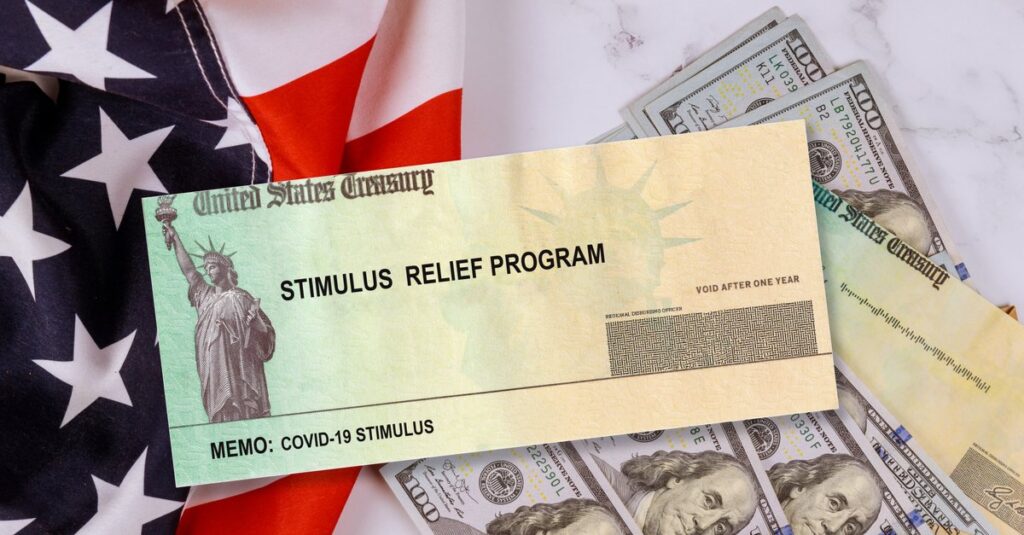Categories: Economic
By Katie Lobosco and Tami Luhby, CNN
Washington (CNN) – Some of the last remaining stimulus programs for the unemployed, renters and student loan borrowers are set to expire by the end of December unless Congress or President Donald Trump takes action.
While Congress moved swiftly to deliver trillions of dollars in pandemic relief programs when the country first shut down in March, a lot of those benefits have already lapsed.
The majority of the government’s stimulus checks went out months ago and the Paycheck Protection Program, which loaned money to small business owners, stopped taking applications in August. The $600 federal boost to weekly unemployment benefits, which helped keep the jobless afloat during state lockdowns earlier this year, ran out in late July.
Despite bipartisan support for another stimulus package, lawmakers have failed to come to any agreement for months, and there is little confidence that a deal could be reached in the lame-duck session.
Trump sidestepped Congress to extend some aid using executive actions over the summer. But now, even those programs have stopped or are coming to an end — just as the country faces a deadly surge of the virus and the threat of renewed shutdowns.
Here’s what’s at risk if no one acts:
Expanded unemployment benefits
As part of the historic broadening of jobless benefits under the CARES Act, lawmakers created three programs to help out-of-work Americans. While the $600 payment enhancement lasted only four months, the other two run through the week ending December 26, which is the last weekend of the year.
The Pandemic Unemployment Assistance program allows independent contractors, the self-employed and gig workers to qualify for payments. It also opens up the program to those who can’t work because of the pandemic, including if they or family members are ill or quarantining or if their children’s schools are closed.
An estimated 7.3 million Americans will lose these payments at the end of the year, according to a new analysis from The Century Foundation.
Also, Congress created the Pandemic Emergency Unemployment Compensation program, which provides an additional 13 weeks of federally paid benefits to those who run out of state payments, which typically last 26 weeks.
Nearly 3.6 million Americans had been out of work for at least 27 weeks in October, a stunning jump of nearly 50% from September, according to the latest jobs report from the Bureau of Labor Statistics. They now account for a third of the unemployed, up from less than a fifth a month earlier. And the number is expected to increase in coming months, especially as hiring slows.
More than 4.6 million workers will have these payments halted at the end of the year, even if they haven’t received all 13 weeks, according to The Century Foundation analysis.
Just under 3 million of them will be able to transfer to the extended benefit program, which provides up to 20 weeks of benefits in states with high unemployment rates. Funding for this program is typically split between the states and the federal government, but the latter has picked up the entire tab during the pandemic — a measure that also expires on December 31.
Student loan payment pause
In March, the US government automatically suspended payments and waived interest on federal student loans. That meant millions of borrowers could skip making their monthly payments without their balances getting any bigger.
Initially, the relief — which was included in the $2 trillion congressional stimulus package — was set to expire at the end of September. But Trump later moved the date to December 31 by executive order.
If neither Trump or Congress acts to push the deadline back, millions of student loan payments will come due a couple of weeks before President-elect Joe Biden takes office on January 20. Even if Biden reinstates the pause retroactively, it could create confusion for borrowers as well as a mess for student loan processors, who aren’t built to suddenly stop or start payment.
Eviction protection
A Centers for Disease Control and Prevention order that went into effect in September temporarily halted evictions through the end of the year. It applies to renters who meet certain income requirements, have experienced significant losses of income and have made their best efforts to find rental assistance and pay their rent.
Since the order does not cancel or freeze rent, all of a tenant’s back rent will be due January 1 if the moratorium is allowed to expire. Without rent relief or an extension of the protection, many struggling renters will again face eviction.
An eviction moratorium established by Congress in March shielded only tenants who receive federal assistance or live in rental properties with federally backed financing. That protection lapsed over the summer.
Paid family leave
Earlier in the year, lawmakers expanded paid family leave benefits for many workers who become ill or are caring for someone else.
It was limited to employees of companies with fewer than 500 workers but provided up to two weeks of paid sick leave and an additional 10 weeks of paid expanded family leave for parents who need to care for children whose schools closed.
However, the payments are capped, and small businesses can apply for waivers from the provisions affecting workers whose children’s schools have shut down. Those benefits also are set to expire on December 31.
Coronavirus relief funds for states
Congress provided $150 billion to state and local governments to help them cover coronavirus-related expenses. But states have to use those funds by December 30.
States are on track to expend all the funds by the deadline, according to a National Governors Association survey of 42 states and territories. Most of the money has been used for health-related expenses, economic relief, education and child care, and government expenses.
However, governors have repeatedly requested that they have more time to use the money and that they also be able to spend it on budget shortfalls, not just pandemic costs. So far, Congress has not complied.





